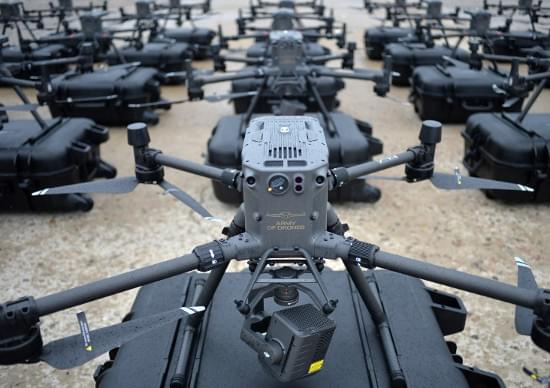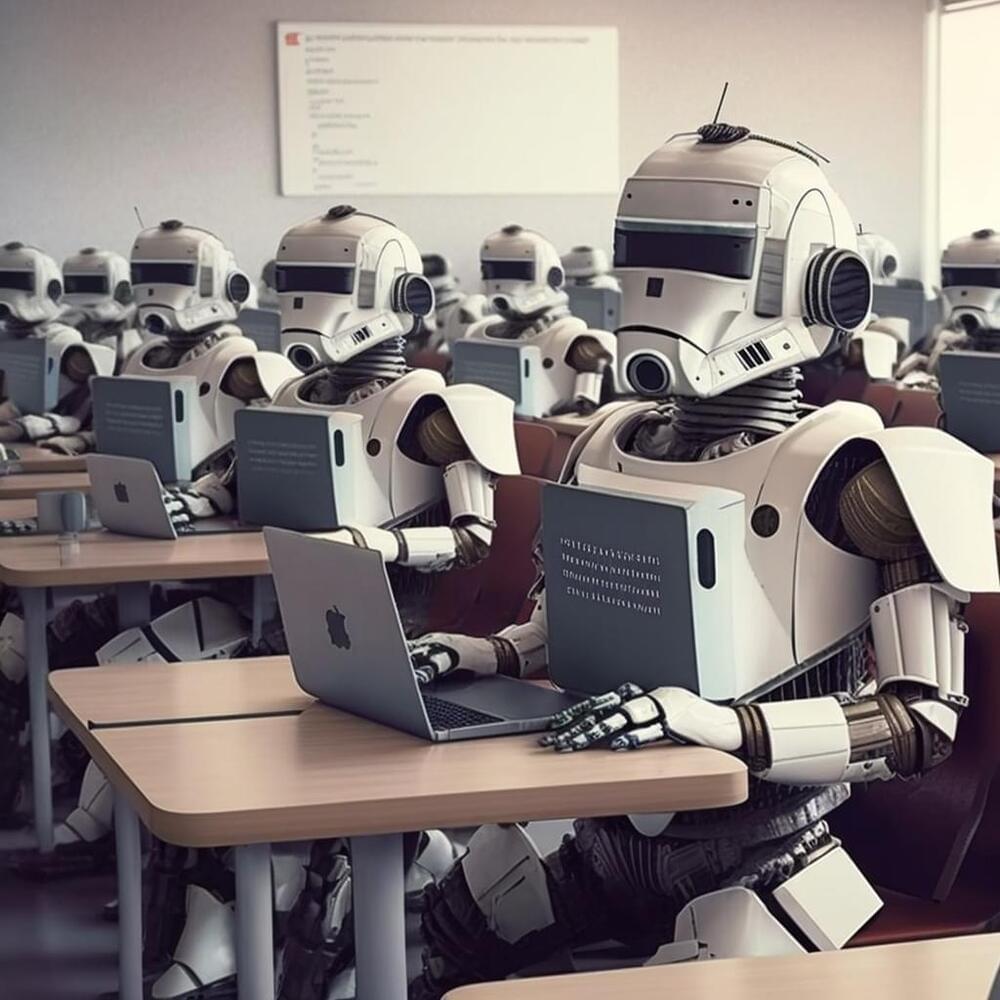OpenAI Foundry is set to become a new service for enterprises. A leak provides insight into model pricing – and how powerful GPT-4 could become.
OpenAI is launching a new developer product called Foundry, designed for “cutting-edge customers running larger workloads, allowing inference at scale”. Foundry is said to give enterprises full control over model configuration and performance profiling. The information comes from screenshots shared by a Twitter user from Foundry’s early access program.
OpenAI has privately announced a new developer product called Foundry, which enables customers to run OpenAI model inference at scale w/ dedicated capacity.







